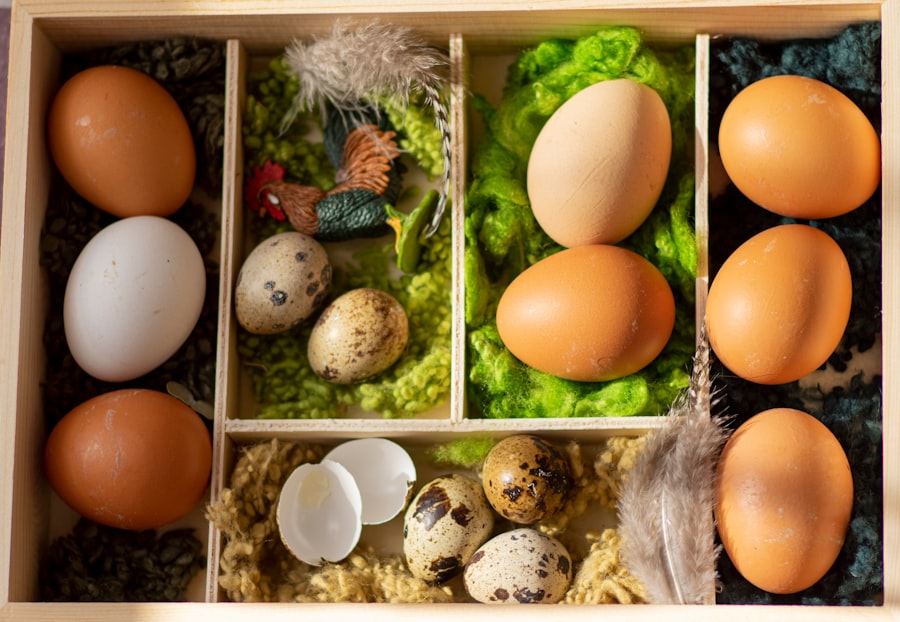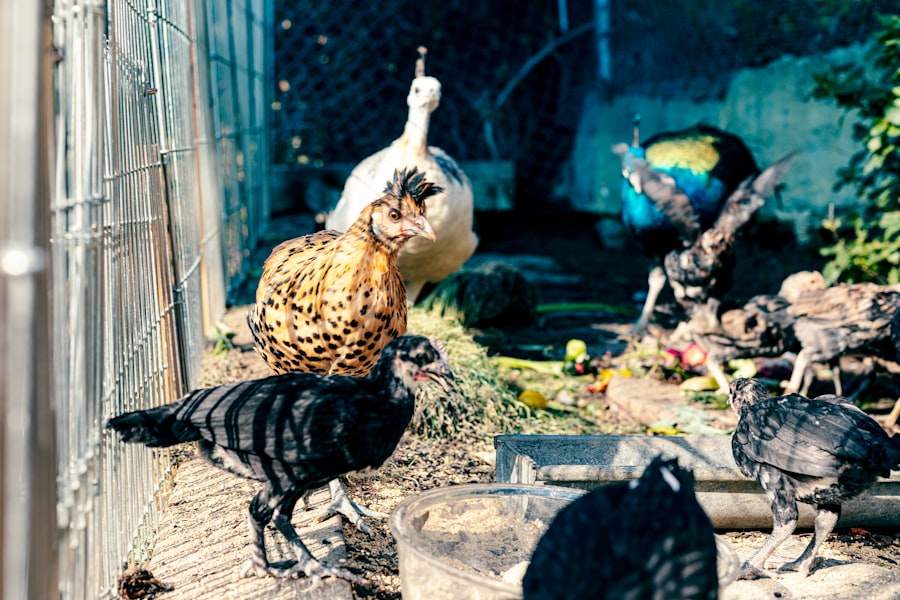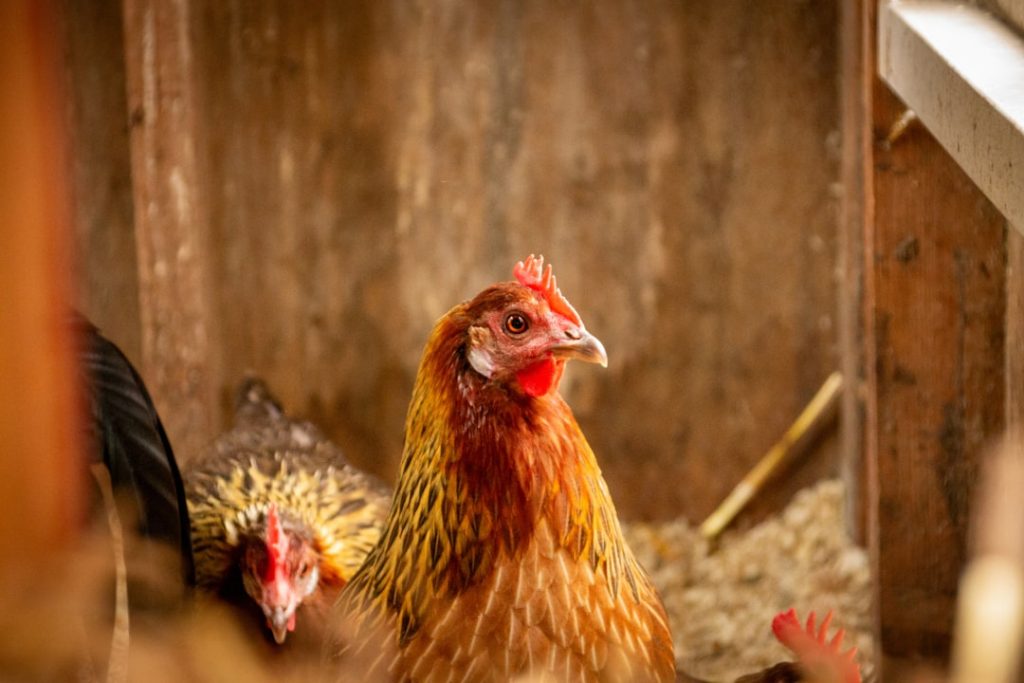Introducing new chickens to an existing flock requires careful planning and management. A crucial step in this process is isolating the new chickens for a period before allowing them to interact with the established flock. This isolation serves several purposes:
1. It allows the new chickens to acclimate to their new environment, reducing stress and anxiety. 2. It provides time for the new chickens to establish their own pecking order and form social bonds within their group. 3. It helps prevent the spread of potential diseases between the new and existing chickens. The duration of this isolation period can vary depending on several factors:
1. Age of the new chickens: Younger birds may adapt more quickly than older ones. 2. Size of the isolation area: Larger spaces may allow for shorter isolation periods. 3. Temperament of the existing flock: More aggressive flocks may require longer integration periods. 4. Health status of the new chickens: Ensuring all birds are healthy before integration is crucial. 5. Previous integration experiences of both new and existing chickens. Typically, the isolation period lasts between 2-4 weeks. During this time, it’s important to monitor the new chickens for signs of illness and observe their behavior. Gradual introduction techniques, such as allowing visual contact between the groups before full integration, can help ease the transition process.
Table of Contents
- 1 The recommended duration for keeping new chickens locked up
- 2 Monitoring and assessing the behavior and health of new chickens during the lockdown period
- 3 Introducing new chickens to the existing flock after the lockdown period
- 4 Tips for successful integration of new chickens into the existing flock
- 5 Conclusion and final considerations for keeping new chickens locked up
- 6 FAQs
- 6.1 What is the purpose of keeping new chickens locked up?
- 6.2 How long should new chickens be kept locked up?
- 6.3 What should the living conditions be like for new chickens while they are locked up?
- 6.4 What signs should I look for to determine if new chickens are ready to be released from their locked up area?
Key Takeaways
- Introducing new chickens to an existing flock can be stressful and potentially dangerous for both the new and existing chickens.
- Factors to consider when determining how long to keep new chickens locked up include the age and size of the new chickens, the existing flock’s behavior, and the available space for the new chickens to roam.
- The recommended duration for keeping new chickens locked up is typically 2-4 weeks to allow the new chickens to acclimate to their new environment and for the existing flock to become familiar with their presence.
- Monitoring and assessing the behavior and health of new chickens during the lockdown period is crucial for identifying any signs of illness or distress and addressing them promptly.
- When introducing new chickens to the existing flock after the lockdown period, it’s important to do so gradually and in a neutral territory to minimize aggression and territorial disputes.
The recommended duration for keeping new chickens locked up
Recommended Timeframe for Lock-Up
While the duration for keeping new chickens locked up can vary depending on individual circumstances, there is a general recommended timeframe that can serve as a starting point for most situations. In general, it is recommended to keep new chickens locked up for a period of 2-4 weeks before introducing them to the existing flock.
Benefits of Lock-Up Period
This timeframe allows the new chickens to acclimate to their new environment, establish a pecking order, and form bonds with each other before being integrated with the existing flock.
Monitoring Behavior and Health
During this time, it is important to closely monitor the behavior and health of the new chickens to ensure that they are ready for integration. By following this recommended duration for keeping new chickens locked up, you can help ensure a smooth and successful integration process that minimizes stress and aggression among the chickens.
Monitoring and assessing the behavior and health of new chickens during the lockdown period

During the lockdown period, it is crucial to closely monitor and assess the behavior and health of the new chickens to ensure that they are ready for integration with the existing flock. One important aspect to monitor is the social dynamics within the group of new chickens. Pay attention to any signs of aggression, bullying, or pecking order disputes among the new chickens, as these can indicate that they may not be ready for integration.
Additionally, observe their overall behavior and interactions with each other to ensure that they are forming bonds and establishing a hierarchy within the group. It is also important to monitor the health of the new chickens during this time. Look for any signs of illness or injury, such as lethargy, decreased appetite, or abnormal physical symptoms.
If any health issues arise, it may be necessary to extend the lockdown period until the new chickens are fully recovered and in good condition for integration. By closely monitoring and assessing the behavior and health of the new chickens during the lockdown period, you can ensure that they are ready for a successful integration with the existing flock.
Introducing new chickens to the existing flock after the lockdown period
After the recommended duration of 2-4 weeks has passed, and the new chickens have acclimated to their environment and established a pecking order, it is time to introduce them to the existing flock. However, this process should be done gradually and carefully to minimize stress and aggression among the chickens. One effective method for introducing new chickens to an existing flock is through a gradual integration process.
This can be done by allowing the chickens to see and smell each other through a barrier, such as a wire fence or mesh partition, before allowing direct physical contact. This allows the chickens to become familiar with each other’s presence without being able to engage in aggressive behavior. Additionally, it can be helpful to introduce the new chickens to the existing flock during a time when they are less likely to be territorial or aggressive, such as in the evening when they are settling down for the night.
By following these gradual introduction methods, you can help minimize stress and aggression among the chickens and increase the likelihood of a successful integration process.
Tips for successful integration of new chickens into the existing flock
Successfully integrating new chickens into an existing flock requires careful planning and consideration. There are several tips that can help increase the likelihood of a smooth and successful integration process. One important tip is to provide multiple food and water sources throughout the coop or enclosure to prevent competition and aggression among the chickens.
Additionally, it can be helpful to provide plenty of hiding spots and areas for retreat within the coop to allow the new chickens to escape from potential aggression from the existing flock. Another tip is to closely monitor their interactions during the initial introduction period and be prepared to intervene if necessary to prevent aggressive behavior. It can also be beneficial to provide environmental enrichment, such as perches, toys, or treats, to help reduce stress and boredom among all of the chickens during this transitional period.
By following these tips for successful integration, you can help ensure a smooth and stress-free process for both the new and existing flock members.
Conclusion and final considerations for keeping new chickens locked up

Factors to Consider for a Successful Integration
When determining the duration of keeping new chickens locked up, it’s essential to consider factors such as age, temperament, and living space. This careful consideration will help you determine an appropriate duration for the isolation period.
The Recommended Timeframe for Lock-Up
The recommended timeframe of 2-4 weeks allows the new chickens to acclimate to their environment, establish a pecking order, and form bonds with each other before being integrated with the existing flock.
Monitoring and Assessing Behavior and Health
During this time, it is crucial to closely monitor and assess their behavior and health to ensure that they are ready for integration. By following gradual introduction methods and implementing tips for successful integration, you can help minimize stress and aggression among the chickens and increase the likelihood of a successful integration process. Overall, keeping new chickens locked up is an important step in ensuring a smooth transition for both new and existing flock members.
If you’re wondering how long to keep new chickens locked up for, you may also be interested in learning about how to insulate a chicken coop to keep your birds comfortable in all seasons. Check out this article for tips on creating a cozy and insulated living space for your feathered friends.
FAQs
What is the purpose of keeping new chickens locked up?
Keeping new chickens locked up for a period of time allows them to acclimate to their new environment, reduces stress, and helps prevent the spread of diseases to the existing flock.
How long should new chickens be kept locked up?
New chickens should be kept locked up for a minimum of 30 days to allow them to adjust to their new surroundings and to ensure they are healthy before being introduced to the existing flock.
What should the living conditions be like for new chickens while they are locked up?
New chickens should be provided with a clean and comfortable living space that includes proper ventilation, access to food and water, and protection from predators.
What signs should I look for to determine if new chickens are ready to be released from their locked up area?
Before releasing new chickens from their locked up area, it is important to observe them for signs of good health, such as active behavior, bright eyes, clean feathers, and a healthy appetite. It is also recommended to have them checked by a veterinarian before introducing them to the existing flock.
Meet Walter, the feathered-friend fanatic of Florida! Nestled in the sunshine state, Walter struts through life with his feathered companions, clucking his way to happiness. With a coop that’s fancier than a five-star hotel, he’s the Don Juan of the chicken world. When he’s not teaching his hens to do the cha-cha, you’ll find him in a heated debate with his prized rooster, Sir Clucks-a-Lot. Walter’s poultry passion is no yolk; he’s the sunny-side-up guy you never knew you needed in your flock of friends!








